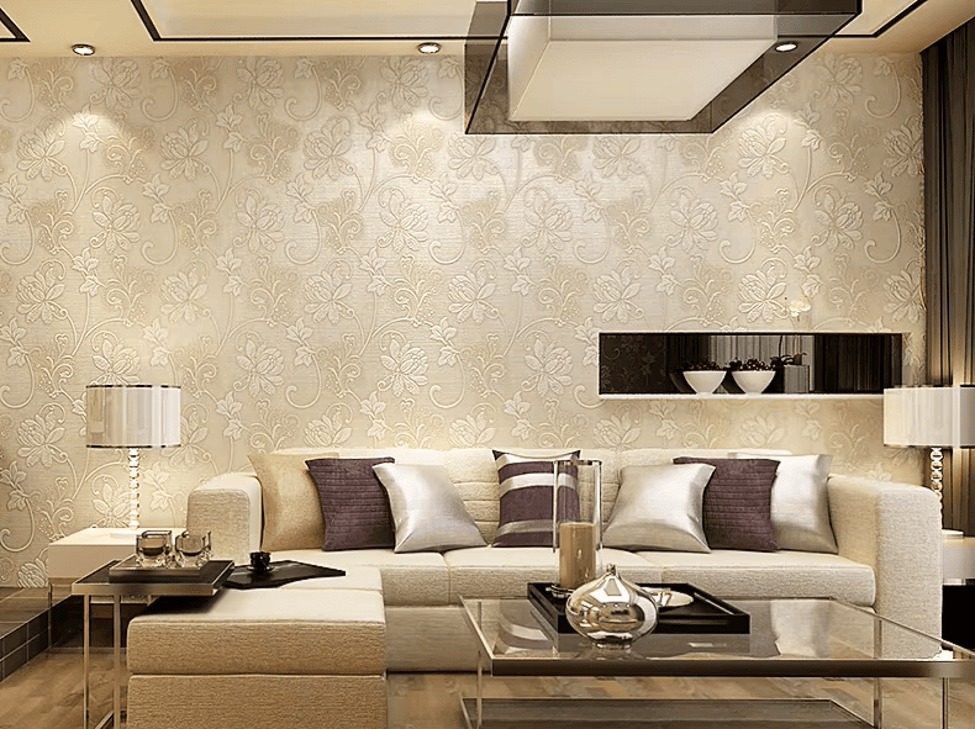If you're thinking about giving your walls a fresh new look, wallpapers are a great way to do it! With countless styles, colors, and textures, it’s no wonder they're making a comeback in interior design. However, if you're new to wallpapering, there are a few things you should know before you get started. Here’s a quick guide to help you feel confident as you dive into the world of wallpaper.
1. Choose the Right Wallpaper for Your Space
Before you even start, think about the atmosphere you want to create. Wallpapers come in a variety of patterns (floral, geometric, abstract, etc.) and finishes (matte, glossy, textured). Lighter tones can make small rooms feel bigger, while bold patterns can add personality to larger spaces. Remember, different rooms may call for different types of wallpaper—what works in a living room might not be suitable for a bathroom.
2. Measure the Area
Proper measurements are key to ensuring you have enough wallpaper for the job. Measure the height and width of the walls you intend to cover. Most wallpaper rolls are 21 to 33 feet long and 20.5 inches wide, so calculating the square footage helps you purchase the right amount.
3. Consider the Type of Wallpaper
There are two main types of wallpaper: peel-and-stick and traditional paste-based wallpaper. Peel-and-stick is easier to apply and remove, making it ideal for beginners. It’s also less messy! Traditional wallpaper requires paste and more precision, but can be more durable and suitable for long-term applications.
4. Prepare Your Walls
Before you apply any wallpaper, make sure the wall is clean, smooth, and dry. Patch any holes, sand rough spots, and remove any old wallpaper. If your walls are newly painted, give them time to cure completely before wallpapering.
5. Start Small
If you’re a first-timer, consider starting with a small accent wall or a simple pattern. This will help you practice applying and smoothing the wallpaper without the pressure of covering an entire room.
6. Tools You’ll Need
Basic tools include a wallpaper brush or roller for applying adhesive, a utility knife for trimming, a smoothing tool to get rid of air bubbles, and a level to ensure straight lines.
7. Patience is Key
Wallpapering requires patience, especially for beginners. Take your time to align the wallpaper correctly, and don't rush through the process. If you make a mistake, don’t panic—most wallpapers are forgiving, and you can reposition them if necessary.
Final words
Wallpapering might seem like a big task at first, but with the right preparation and mindset, it can be a rewarding DIY project that transforms your space. Happy decorating!

